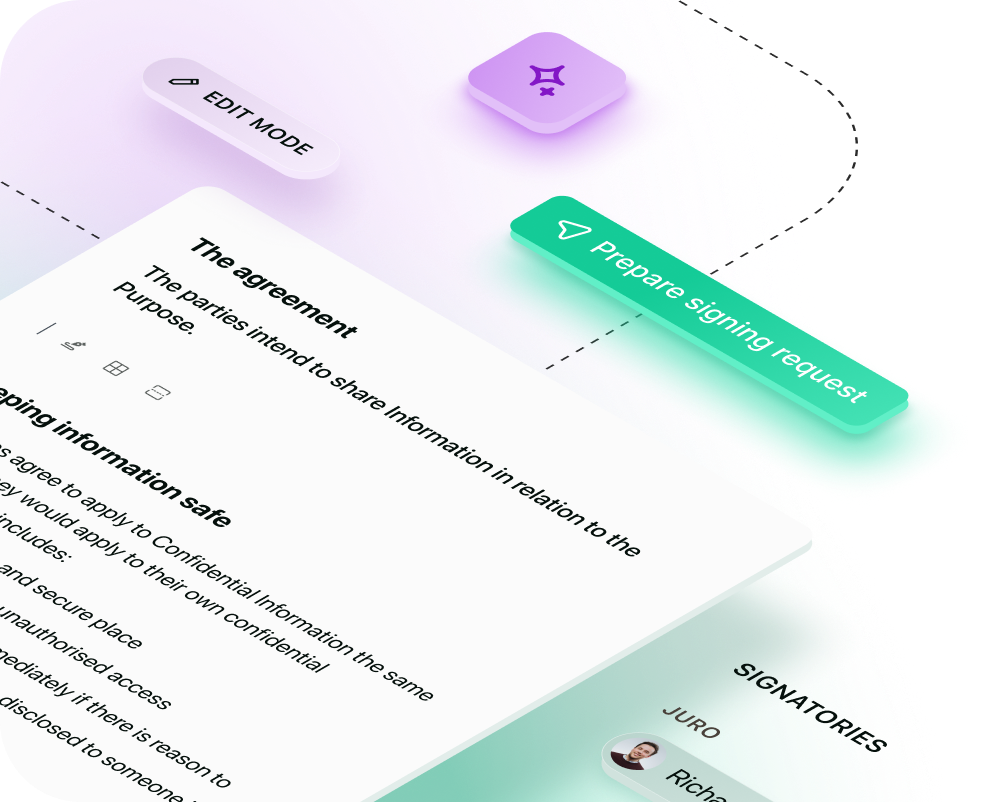Solutions
Customer Support
Resources
Use this free purchase order (PO) template next time you purchases goods or services from another business.




A purchase order (PO) is a commercial contract created by a buyer, which outlines the specifics of products or services they wish to purchase from a seller.
It includes vital details such as types, quantities, and agreed prices for the items in question.
A purchase order (PO) is an official document issued by a buyer to a seller, indicating types, quantities, and agreed prices for products or services. Once the seller accepts the PO, it forms a legally binding contract between both parties.
The process begins when the buyer sends a PO detailing their order. The seller then validates it. Upon agreement, they fulfil the order. After the delivery, the buyer pays based on the PO, invoice, and any agreed-upon payment terms.
In most businesses, the purchasing or procurement department manages purchase orders.
They are responsible for creating, issuing, and tracking purchase orders, but they also work closely with finance departments to reconcile POs with invoices and payments to ensure accurate financial records.

A purchase order serves several key purposes in a business context:
An effective purchase order template includes the following elements:

Each of these elements plays a key role in ensuring clarity and precision in the purchase process, minimizing the potential for disputes or misunderstandings.
Traditional purchase order management tends to be a time-consuming, tedious process. The following stages illustrate this conventional approach:
The first step involves drafting the purchase order. Buyers identify their need for specific goods or services and draft a detailed purchase order.
Typically, this task is completed manually, using a pre-formatted template, and involves inputting the buyer's and seller's details, item descriptions, quantities, prices, delivery date, and payment terms. However, the manual nature of this process increases the potential for errors.
The drafted purchase order is then sent to the seller for review and negotiation. The seller reviews the PO and might engage in negotiations over certain aspects like price, delivery timelines, or payment terms.
Any changes necessitate updating and redrafting the PO, which is usually done in Word before the contract is shared again via email. This adds more time to the process and introduces scope for potential errors with each revision and new version.
Upon agreement of terms, the seller accepts the purchase order, effectively signing the contract. This acceptance can be communicated through various methods like email, fax, or physical mail, which can also delay the process and complicate record-keeping.
Storing the signed purchase order is a critical step for record-keeping and future reference. Traditional methods often involve filing hard copies or saving digital copies in various systems or databases. This can lead to challenges in retrieving and referencing the documents later, though.
The final stage in the traditional workflow is tracking the purchase order throughout its lifecycle. This includes monitoring delivery of goods or services, verifying received items against the PO, reconciling invoices with the PO, and tracking payment.
In a traditional setup, this could require manual cross-checking between several documents and systems, resulting in a time-consuming and error-prone process.
Fortunately, using a purchase order template to automate your POs in Juro can eliminate this friction and admin. We'll explain how now.
Using a robust purchase order template can streamline and simplify the contracting process, resulting in several significant benefits:

If you're looking to streamline the contract management process further, you can use Juro to automate your purchase orders.
Juro's automated contract templates allow businesses to generate purchase orders in seconds. Data is pulled into the contract template automatically either from a simple Q&A workflow or an integration with another business system where the order information is captured.
This means that procurement and finance teams can have purchase orders in seconds, rather than waiting for legal to draft them.
But that's not all. Juro can also streamline the rest of the contract lifecycle using the following features:
To find out more about how Juro can be used to automate purchase orders (and other contracts) for your business, hit the button below to book a personalized demo.
Juro is the #1-rated contract platform globally for speed of implementation.


Juro embeds contracting in the tools business teams use every day, so they can agree and manage contracts end-to-end - while legal stays in control.
Book your demo